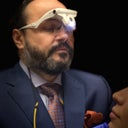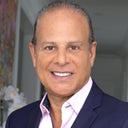Thank you for your questions regarding which stitches are best to use for an


